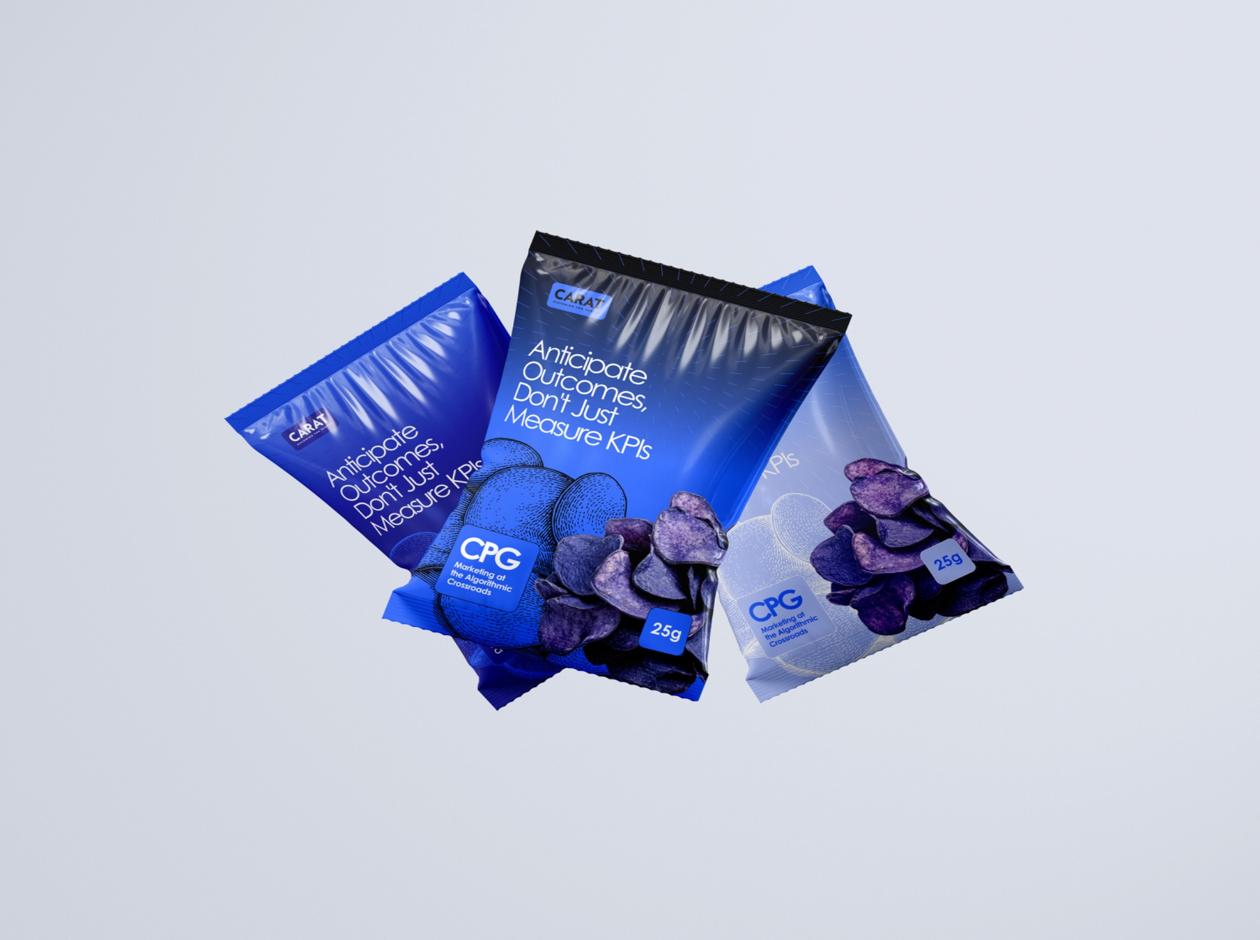The New Metric of Modern Media
The scoreboard has changed. Views and clicks may still matter, but the new metric of modern media is belonging.
Did it spark connection? Did it become ritualized? Did it bring people closer together?
As culture shifts from feeds to forums and from isolation to interfluence, media has become the new campfire. And the brands that thrive will be the ones who know how to keep it burning.
Solo Rituals on the Rise
We’re living in a homebody economy. Ninety percent of free time is now spent on solo activities - streaming, shopping, scrolling. Even habits once defined by company, like dining out, are shifting inward: single reservations are up nearly 30%. Add in “friendflation” — the rising cost of socializing that makes even a casual night out feel like a splurge — and people are retreating into their four walls.
But here’s the paradox: while solo rituals dominate our calendars, connection still defines our lives. Four in ten say their friends are the most important part of their life. Solo rituals aren’t a retreat anymore; they’re being reimagined as conduits of community. Peloton transforms an individual ride into a collective sweat. Twitch turns solo gaming into a communal spectacle.
Don’t leave people alone in their rituals. Re-engineer the quiet moments into sparks of togetherness — and your brand becomes part of the rhythm of their everyday.
The Rise of Fourth Spaces
Third Spaces — the cafés, libraries, and pubs that once anchored community life — are harder to access than ever. Social anxiety, cost concerns, and lack of time have put up invisible barriers. Into that void comes the emergence of Fourth Spaces: gatherings where digital tribes step into the physical world.
These are identity playgrounds. Run clubs replacing nightclubs. Board game nights have increased 8x, as gaming communities trade screens for tables. Netflix House is inviting fans to literally walk into their favorite shows. In Fourth Spaces, the “where” matters less than the “why.” Belonging is no longer geography — it’s interest.
If you can’t authentically enhance these spaces, don’t show up. But if you can host, facilitate, or amplify the “why” of community, you can become part of culture’s new anchor points.

Rest Rebellion
After years of hustle, rest has become rebellion. Digital detox searches are up 72%. “Soft fitness” movements like Slow Girls Run Club are turning jog-and-chat into the new bar crawl. Sober-curious gatherings are surging, up 51% year over year.
Analog pastimes are roaring back: mahjong and chess are finding new life with Gen Z and Millennials, while board game clubs are packing houses - one NYC event drew 500 players. Nightlife is softening too, with “early nightclubs” like Matinee Social Club and Earlybirds catering to the 30+ crowd who want the dance floor and still be home by 10. Fujifilm Instax is also breaking records as people crave tactile, sensory-rich ways to capture offline joy.
This isn’t nostalgia, it’s protest. Joy itself has become resistance. In a world of algorithms and overload, slow is the new status.
The cultural message is to stop chasing intensity. Create cozy, playful, analog activations that feel like relief. The brands that win here won’t be the loudest in the feed, they’ll be the ones consumers thank for the exhale.
Media as a Gathering Space
Media isn’t distribution anymore, it’s participation. People aren’t burned out on content; they’re burned out on binging. Weekly episode drops are up 40% since 2020. Fandoms like Swifties gather to decode hidden lore, while platforms like House of Highlights now reach twice the audience of ESPN by treating sports as social fuel.
Media is no longer the message. It’s the meeting place. The cultural campfire. It’s where rituals happen, where lore is born, and where communities gather to remix and reframe culture in real time.
Don’t just sponsor the moment. Extend it. Ritualize it. Honor the fandom’s language instead of hijacking it. The play isn’t to insert yourself into the story, it’s to become part of the canon. That’s what brands like Maybelline and Bloom did with RushTok. Maybelline sent “recruitment survival kits” - mascara, concealer, and rush-week staples - that became props in creators’ get-ready rituals. Bloom tapped the same moment by seeding its viral drinks with creators, showing up in dorm room vlogs and late-night prep videos as the unofficial fuel of recruitment week. Neither brand forced the story; they let the community carry it forward - amplifying the ritual instead of interrupting it.
Community is the New Influence
Influence doesn’t trickle down anymore — it spreads sideways. Across subreddits, Discord servers, and TikTok comment sections, consumers are trusting each other more than polished feeds. Six in ten say they’re more likely to buy if their community recommends it. Sephora’s Beauty Insider forum influences TikTok hauls as much as influencer deals. The Brooklyn Stroll Club, a dad’s walking group-turned 1,000-member Discord, has become a sneaker and stroller recommendation engine.
The comment section is the new search engine. Word of mouth isn’t just influence, it’s infrastructure. Carat’s own research, The New Social Code, proves it: WOM measurably lifts a brand’s cultural influence score.
Communities don’t just spark the funnel anymore: They are the funnel. And if you’re not showing up authentically — amplifying community-validated content, fueling peer-led rituals, embedding in trusted forums— your brand isn’t just quiet. It’s irrelevant.
The Path Forward
The new social code is clear: belonging is the next currency.
That means:
- Re-engineer solo rituals into sparks of connection
- Bridge online passions with offline forums
- Champion rest, play, and wellness
- Treat media as participatory ritual
- Build trust inside communities, not just campaigns
Because in today’s culture, the most powerful content isn’t what you publish, it’s what people do with it together, and that shared belonging is the currency that holds its value.
This article builds on Carat’s broader Consumer EQ: The New Social Code research, co-authored with Joanna Hawkes, Monica Koby, Amy Schuyler, and Alex Brezzi. For the full report and deeper insights, explore it here: Consumer EQ: The New Social Code

